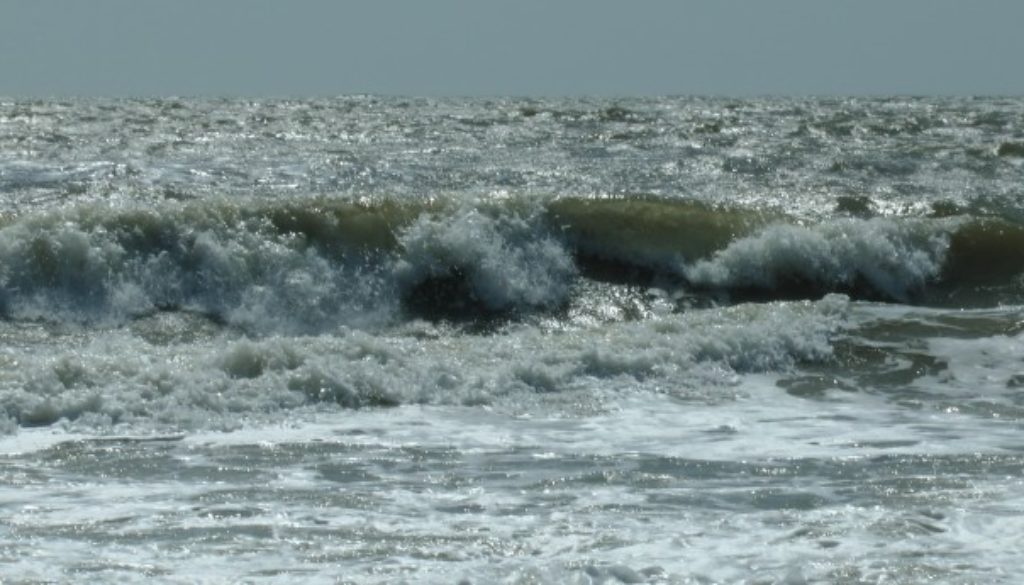U.S. Clean Power Plan: Game-Changer for Curbing Climate Change
By Susan Casey-Lefkowitz, Natural Resources Defense Council
On August 3, President Obama announced the first national limits on carbon pollution from power plants under the Clean Air Act. Laid out in the Clean Power Plan, the new limits are a game-changer that will give a big boost to state efforts to tackle climate change through clean energy solutions. President Obama in a video announcing the Clean Power Plan said, “We can’t condemn our kids and grandkids to a planet that’s beyond fixing. Climate change is not a problem for another generation. Not anymore.”
This is the biggest single step our nation can take to fight climate change right now. It is historic. It is achievable. And it is time.
Climate change is already supercharging extreme weather in our communities. Several Western states remain in the grip of severe or extreme drought, costing farmers billions of dollars. And East Coast officials issued heat advisories and air quality alerts when temperatures soared last week and increased the risk of asthma attacks and other health problems, especially for children and the elderly. As we are learning, this is what climate change can look like.
I have worked for many years with farmers, mayors, community groups, business owners, college students, Native American leaders and countless others committed to defusing the climate threat. Together, we have marched and advocated and urged elected officials to act.
The Clean Power Plan is the kind of action we have been calling for.
It tackles the biggest source of climate change pollution in the United States: power plants. It is designed to expand clean energy solutions like energy efficiency, wind and solar power. And it starts now. It is not a vague pledge or lofty promise. It is an action plan for measureable progress and tangible achievement. Both at home and around the world, the Clean Power Plan shows the kind of leadership that is needed to curb climate change.
Even while NRDC experts pour over the details of the plan, four main points are clear:
- Attacks against the Clean Power Plan are unlikely to succeed. The fossil fuel industry and its allies were quick out of the box with legal threats and we can expect challenges in Congress in the days to come. But President Obama will veto any Congressional attempt to block the new standards that manages to make it to his desk. And the rules are on strong legal ground. In 2007, the Supreme Court ruled that carbon is a pollutant that is subject to regulation under the Clean Air Act. Our analysis shows that the legal attacks are without merit.
- State implementation can start right away. Under the Clean Power Plan, states have the opportunity to assume leadership and to devise their own implementation plans. These plans are due in roughly one year. And if a state chooses not to develop its own plan, then a federal implementation plan will go into place. In this way, all states will be on track to put the Clean Power Plan into practice in the timeframe. The state targets have been constructed to be consistent across states with encouragement of regional approaches to meeting the targets. Things are looking good for the carbon pollution limits to be achievable in every state. And every state will have enormous opportunities to provide cleaner energy and cleaner air, create new jobs, and cut energy bills.
- The targets add up to meaningful carbon pollution reductions. The Clean Power Plan sets out reductions of 32 percent over 2005 levels of carbon pollution by 2030. This is even stronger than the original proposal. And although some of the early due dates have shifted, this will provide greater flexibility to states to get truly clean energy solutions up and running. Carbon pollution reductions before 2030 will be nearly the same as under the proposal.
- Clean energy is the centerpiece of this plan. The Plan includes strong incentives for early action on renewable energy and low-income community energy efficiency. Some have raised concern that energy efficiency was not used to help set the targets. But the bottom line is that the targets are strong and that energy efficiency is an acknowledged core pathway in the Plan to meeting the targets.
Climate change is the challenge of our time. It is going to take effort by all of us across the United States and around the world to put the clean energy solutions in place that will prevent climate change from continuing to worsen. The Clean Power Plan is a game-changer in the United States and will give us meaningful reductions in carbon pollution. Our children and grandchildren will look back at the Clean Power Plan as one of the historic moments that determined what kind of world we’ll live in.

